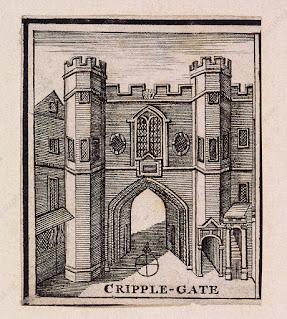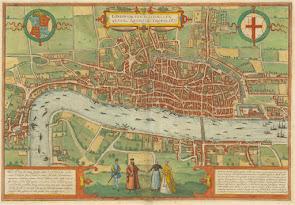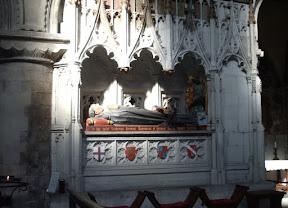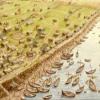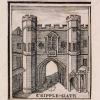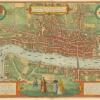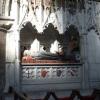SALON NO.87: Constructing Medieval London
Saxon the City
The Salon will be held via the Zoom platform with two speakers, an interval, some high jinx plus a joint Q+A.

The Salon will be held online via the Zoom platform. Details of how to join will be emailed you before the event.
GUSTAV MILNE has worked as an archaeologist for the Guildhall Museum, The Museum of London's Department of Urban Archaeology, for MOLA (Museum of London Archaeology) and has also taught course on Medieval Archaeology at University College London.
Many of the sites he excavated were associated with the Roman and Medieval harbour. He also set up the community-based Thames Discovery Programme as well as the national community-based CITiZAN coastal archaeology project. NATHALIE COHEN is the Cathedral Archaeologist for Canterbury Cathedral. She led the Thames Discovery Programme, a community archaeology project exploring London’s inter-tidal foreshore, for ten years. She has worked and published extensively on the medieval archaeology of Cripplegate.

